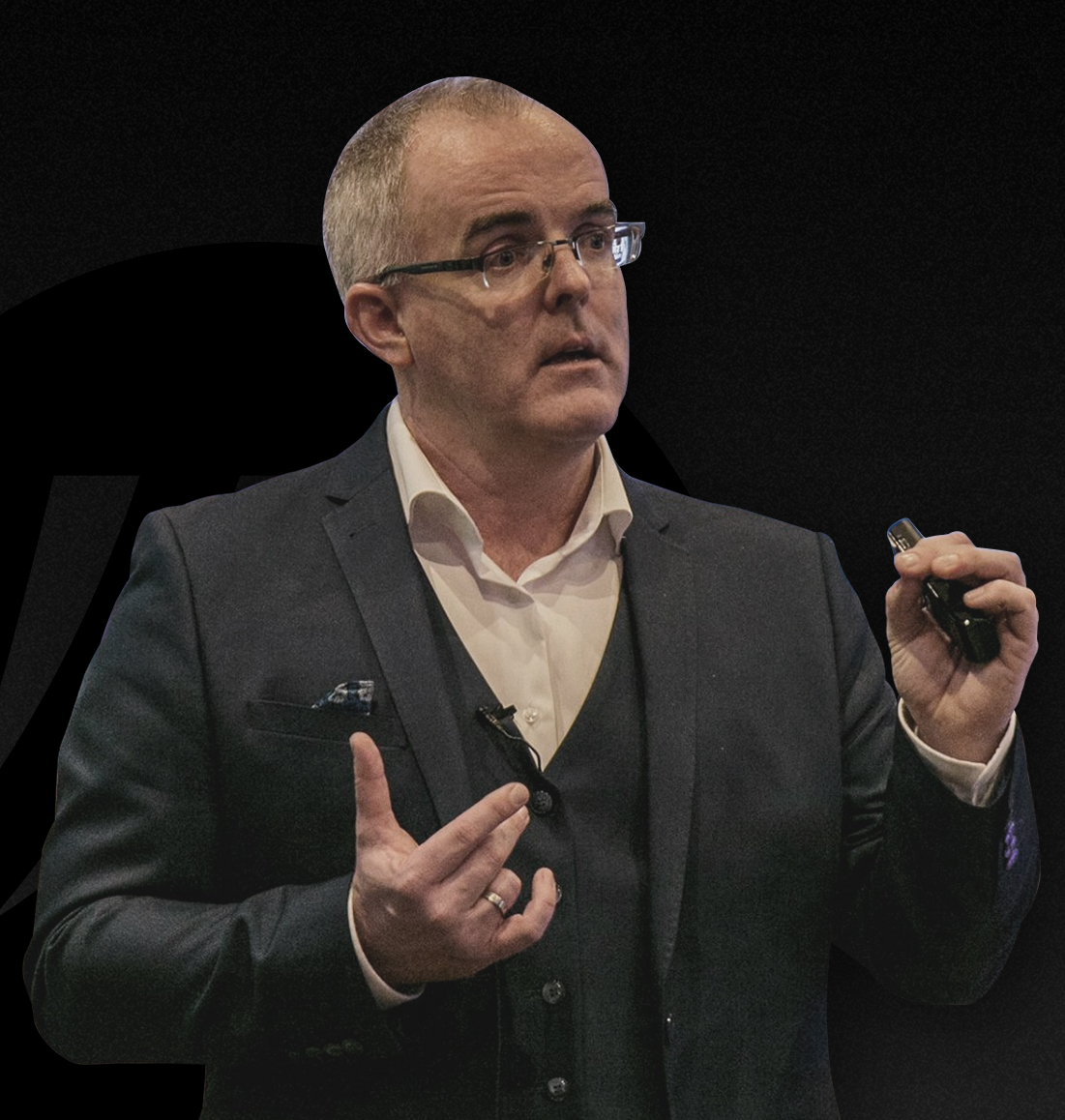Clare Dillon, Microsoft shares insights on the influential role of emotions in storytelling during her engaging presentation Kevin Kelly’s Sell Your Story conference.
Dillon opens by underscoring the significance of emotions in triggering responses from the audience, asserting that emotions serve as a vital ingredient that breathes life into stories. She stresses the necessity of eliciting an emotional reaction, propelling the story into the realms of memorability and impact.
The discussion navigates through various emotions that can be strategically incorporated into storytelling. Sadness is spotlighted as a compelling catalyst, especially within the realm of charitable endeavors. Dillon suggests that evoking a sense of sadness can mobilize individuals to take concrete actions and contribute to a noble cause.
The discourse extends to encompass other emotions, including anger and frustration, which Dillon identifies as potent drivers. She advocates for leveraging shared frustrations to construct a collective narrative. By aligning these shared frustrations, a story gains momentum, fostering a collective sense of unity and purpose.
Fear is acknowledged as a compelling yet delicate motivator. Dillon shares insights into the General Data Protection Regulation (GDPR), illustrating how fear of fines has incentivized compliance with data privacy regulations. While acknowledging the potency of fear as a motivator, Dillon cautions against its prolonged use for the sake of personal well-being.
Greed is introduced as another emotion that can be positively harnessed. Dillon suggests framing narratives that appeal to the desire for opportunity, enticing individuals to act in pursuit of shared benefits. This approach proves particularly effective in contexts where collaboration and mutual gain are emphasized.
A compelling example shared by Dillon involves a group of students from Sligo participating in the Microsoft students developer competition. Their creation—a software that alerted drivers to dangerous behavior—was accompanied by a poignant story. Leveraging statistics on road deaths in Ireland and personal connections to those affected, the students crafted an emotionally charged narrative. The story resonated deeply, evoking strong emotional responses from the audience and ultimately securing their victory in the competition.
In summation, Clare Dillon’s discourse underscores the paramount role of emotions in shaping compelling narratives. Whether invoking sadness, anger, fear, greed, or guilt, she illustrates how emotions can be strategically employed to craft narratives that deeply resonate. Through thoughtful storytelling, individuals can be motivated to act, engage, and contribute to causes both grand and minute. Dillon’s insights offer a valuable compass for storytellers seeking to create narratives that authentically connect and incite meaningful change, resonating profoundly with audiences.









Leave a Reply